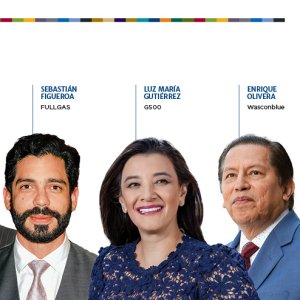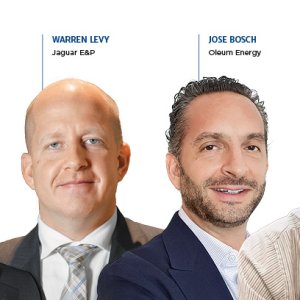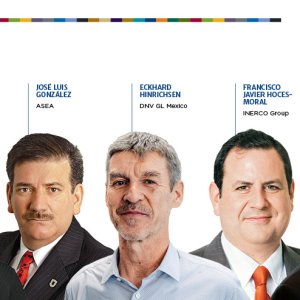
ESIA the Difference Between a Successful and a Failed Project
Much of Mexico’s culture is enriched by its indigenous populations and heritage, and there are still large communities or ejidos whose homes stretch along the coast of the Gulf of Mexico. As a result, onshore oil and gas operators can run into difficulties with access to land, water and community relations, said Alberto Vega, Senior Partner at ERM Latin America and the Caribbean.
“A comprehensive Environmental Social Impact Assessment (ESIA) can make the difference between a failed and a successful operation,” he told Mexico Oil & Gas Summit 2018 at the Sheraton Maria Isabel in Mexico City on Wednesday. “Mexico’s regulatory framework related to E&P site access and safe sustainable operations is clear, but not every company understands the process to assess environmental and social impact studies properly.”
The largest onshore licensing rounds are currently open to bidders. Today, CNH announced that, for participation in Rounds 3.2 and 3.3, access to the data rooms will close on Jan. 8, 2019, prequalification deadline will be Jan. 29, 2019 and the presentation of proposals will take place on Feb. 14, 2019.
Thirty-seven onshore contractual areas will be up for grabs in Round 3.2: 21 within the Burgos Province, nine within Tampico-Misantla-Veracruz and seven within the Southeast Basin. In Round 3.3, nine contractual areas will be made available, located within the Burgos province in Tamaulipas, and the fields will include conventional and unconventional resources.
But Vega warns that without appropriate due diligence, operators face discontented communities, delays and legal implications. “It is vital to identify issues early,” he warned. “These include potential conflict with land use, potential conflict with other water users in the area, ensuring long-term access to the site and security.”
He pointed out that the last census was carried out in 2010, and with rapidly shifting landscapes, companies cannot simply rely on this information. “Companies need to visit the communities in person, understand what is expected from the project and explain the implications under the Free, Prior and Informed Consent model,” he said. “The community needs to be well-informed, and this consent has to be obtained without pressure, ensuring the community is given and understands all the information necessary.”
A robust SIA does not only consider community consultation. Among other considerations are identification of impact mitigation and compensation measures. He also stressed the importance of forming solid, binding agreements with the communities and registering them with the relevant authorities. “Land rights pertaining to derechos ejidales, communal property and private land should be respected and compensated according to fair land value,” he said. “But it is important to ensure the process is formalized and access is registered appropriately.”
Vega acknowledged that some operators may not be aware of the intricacies and rules of the systems, so he provided some simple considerations to take away:
- Negotiations, engagements and agreements should be communicated promptly to the Ministry of Energy and SEDATU, 180 days before alternative procedures
- Although legal easements can be invoked to obtain land use priority for project sponsors, it is preferable not to arrive at this point
- It is important to have a frank conversation and negotiation with the people affected
- The official land valuation agency, INDABIN, provides valuation charts as an initial reference for compensation values for land in different parts of the country
- The Hydrocarbons Law mandates that land compensation agreements between the project sponsor and landholders must be validated by a district judge or the Unitary Agrarian Court
- Profit-sharing in the production phase is applicable. An additional compensation element may be required during production if certain parameters are met, and these can fall between 0.5 and 3 percent for gas projects, and 0.5 and 2 percent for oil projects
Senior Partner at ERM Latin America and Caribbean














